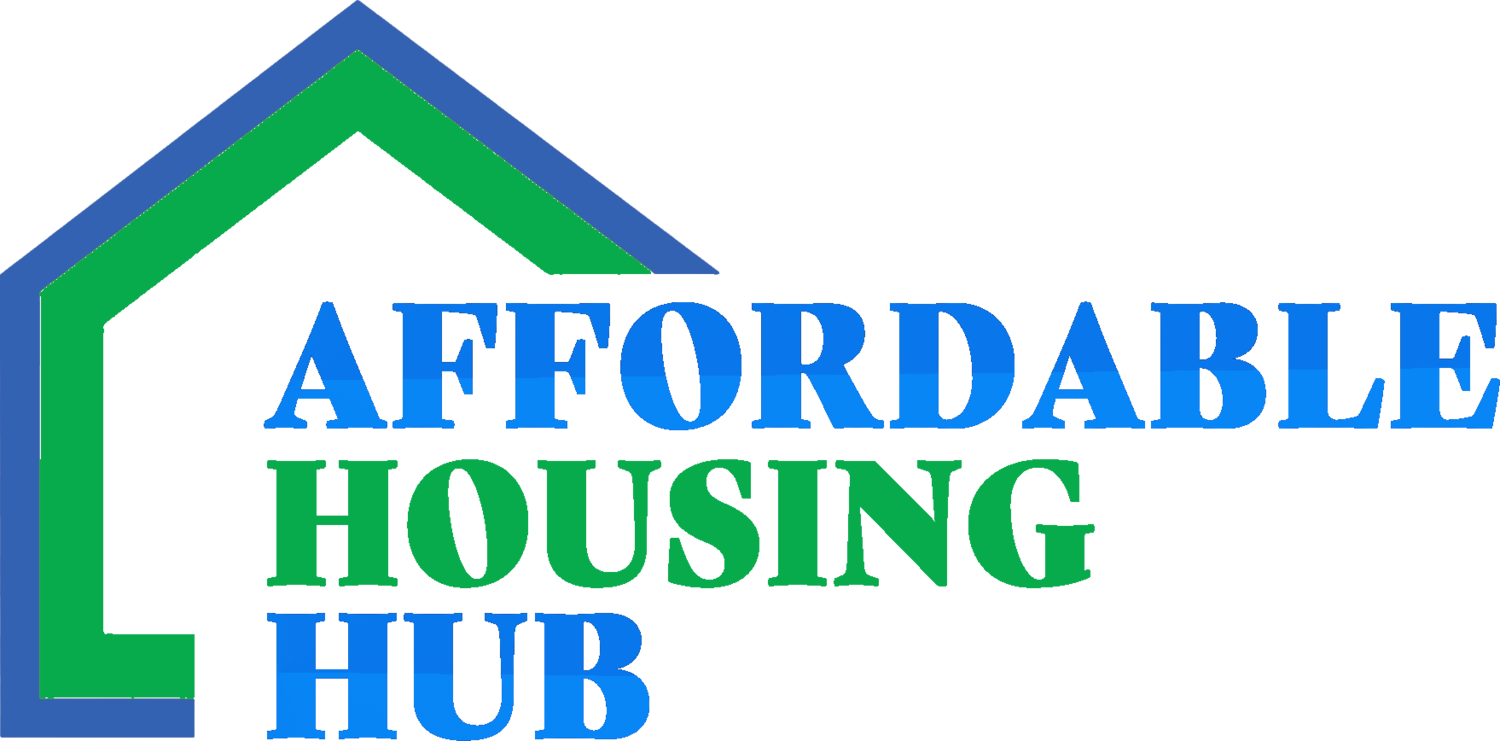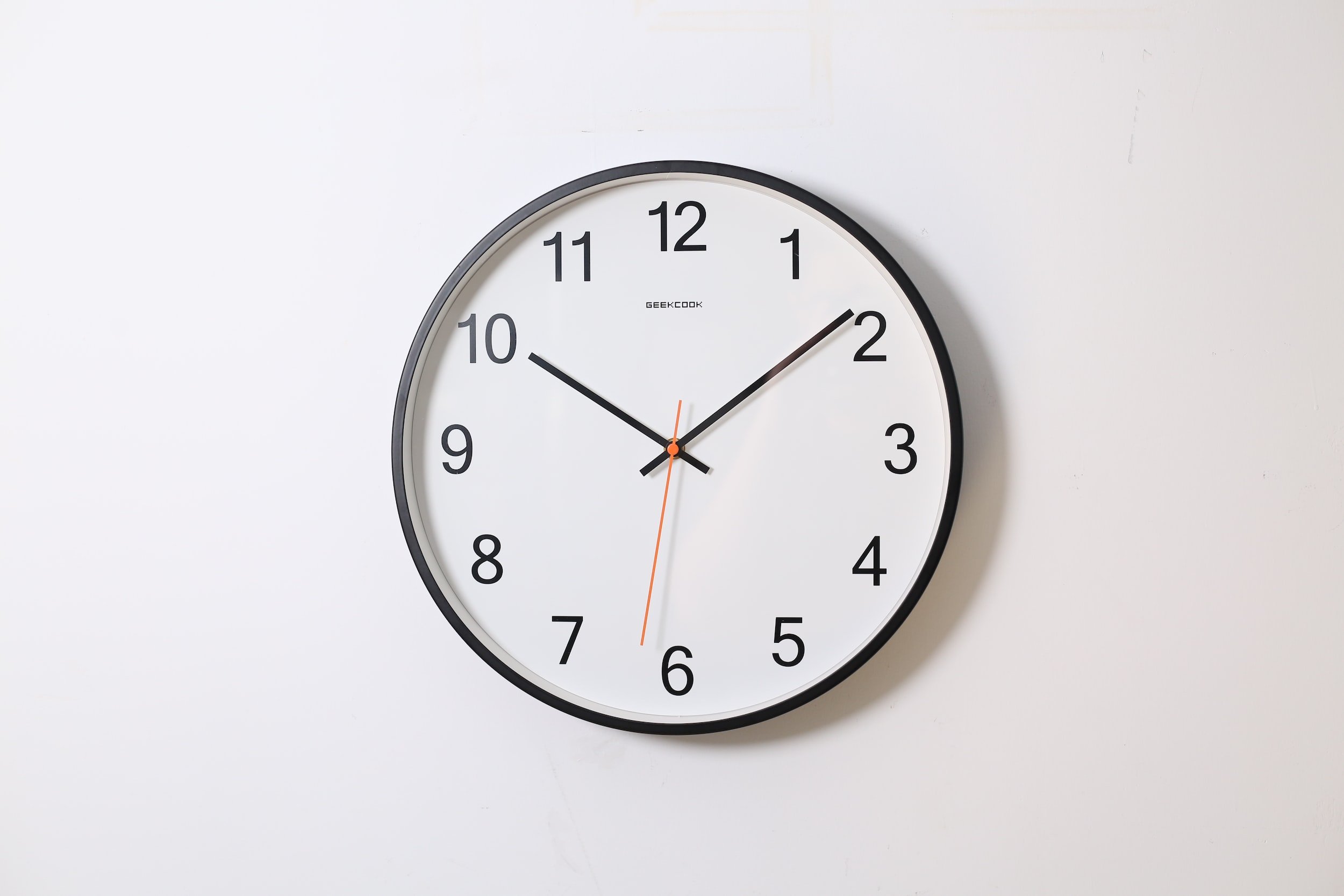Massachusetts Emergency Rental Assistance: 2025 Application Guide
/More and more people are in need of emergency rental assistance. Massachusetts is no exception; as of 2023, emergency rental assistance programs made nearly 10 million payments to families at risk of eviction. Lucky for Bay Staters in financial crises, a couple options are available to you so you can stay located in your current home or relocate to a new one.
Finding Emergency Rental Assistance, MA
Having one of the highest costs of living in the country, it is no wonder that some are beginning to rely on an emergency rental assistance program in Massachusetts known as RAFT, or Residential Assistance for Families in Transition. RAFT can provide funds of up to $7,000 per year to families, which can allow them to relocate or afford their current home. This money can be used for a variety of purposes including rent, utilities, and moving expenses. The RAFT application takes between 20 and 30 minutes to complete.
Another resource for Bay Staters is housing vouchers, which can be provided on a state or federal level. At the state level, the emergency rental assistance program in Massachusetts is called CHAMP, or Common Housing Application for Massachusetts Programs. On the CHAMP site, you will be able to apply for state-aided subsidized housing. Similarly, the Metro North Regional Housing Services Office, MNRHSO, has its own emergency rental assistance program that can pay up to 18 months of rent.
Also at the state level, you may be able to apply for the Massachusetts Rental Voucher Program, or MRVP, which offers rental vouchers to low-income families. Vouchers can be either tenant-based or project-based, so you can decide what works best for you and your current situation.
At the federal level, you can apply for the HCVP ( Section 8 Housing Choice Vouchers Program). If accepted into the program, you will receive vouchers that you can pay towards your rent while being required to pay only 30% of your rent out of pocket. Currently, no online application is available, so to apply for this program, you will have to go in person to a Regional Administrating Agency.
If You Can’t Find an Emergency Rental Assistance Program in Massachusetts That Works for You
Unfortunately, due to limited resources, not everyone qualifies for emergency assistance. Thankfully, Bay Staters do have a couple of other options available to them when in a tight spot. The Commonwealth of Massachusetts offers emergency housing assistance to those in need of immediate shelter. While shelters are only temporary, they can serve as transitional housing while you are in between jobs or in a housing crisis. There are specific resources available to youths, adults, and those who are pregnant or have children under the age of 21.
Additionally, the Housing Toolbox for Massachusetts Communities directly addresses the limited resources offered by the state, so please visit their website for more information regarding what assistance may be available to you and your family.
Typically, each community has churches and local charities they can rely on in times of crisis. For example, Catholic churches and the Salvation Army are usually able to assist in paying rent for those who need it.
For those uninterested in supporting religious organizations, other options for charities are available such as United Way and Habitat for Humanity.
Next Steps in Finding Housing
This may be a difficult time for you, but we just want to remind you that you are not alone - an insurmountable number of people are in the same boat as you, which is why we are here to refer you to the resources available and emergency rental assistance. Massachusetts has one of the highest costs of living in the country, but we don’t blame you for wanting to stay; whether it’s for the immaculate summer days, the fascinating history, or the world-famous seafood, Massachusetts is your home for a reason.
Being in financial hardship can be quite overwhelming, but we want you to know that we are here to help. If you have questions or need assistance, please contact us, and we would be happy to walk you through your resources and next steps.










